Afternoon Delight’s premise might seem humorously silly, but it spends much more time delving into dark topics than light. Advancing on a meandering path of restless desire to investigate the unknown, characters explore how societal ideals, past trauma, and dangerous boundaries challenge their parenting abilities, friendships, and marriages. The film’s authentic, fly-on-the-wall aura was truly a delight.
Rachel (Kathryn Hahn) is a quick-witted and endearing woman growing increasingly frustrated with her sexless marriage and preschool event duties as a stay-at-home mother. In an effort to spice up her life, she visits a strip club and receives a lap dance from a stripper named McKenna. Unable to shake her fascination with McKenna, she befriends her and, when McKenna needs a place to stay, offers a spare bedroom in her home, thinking she can change McKenna’s “sex worker” habits. What follows is an emotive rollercoaster, filled with painful-to-watch turns and stomach churning loops, which remains grounded in a beautiful authenticity that keeps the film from straying too far into an unrealistic abyss. Armed with a dysfunctional yet captivating therapist (portrayed by Jane Lynch), the film manages to breach uncomfortable and unorthodox situations while depicting accessible and believable characters. Unsurprisingly Kathryn Hahn knocks her performance out of the park, reiterating my long-held belief that she should headline more films. Jill Soloway, the film’s screenwriter and director, deserves commendation for bravely allowing characters to struggle on camera in a genuine way. Soloway was awarded Best Director at Sundance this year, an amazing feat for her directorial debut. Considering the profound honesty and vulnerability of the film, it’s unsurprising that she won this honor. From what we’ve seen so far, she may very well deserve it.

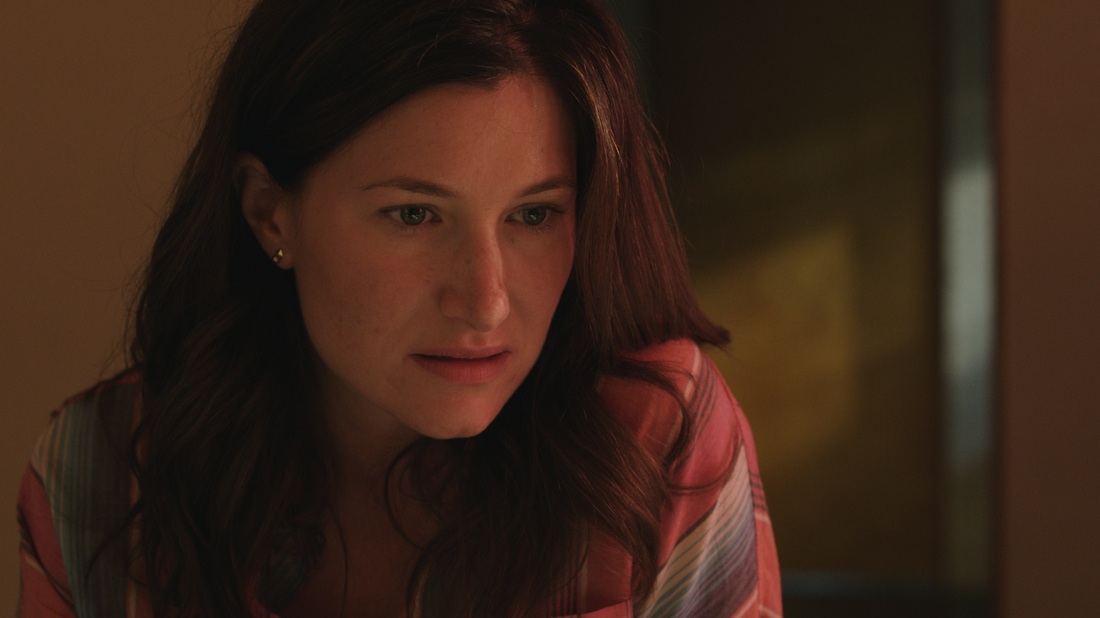

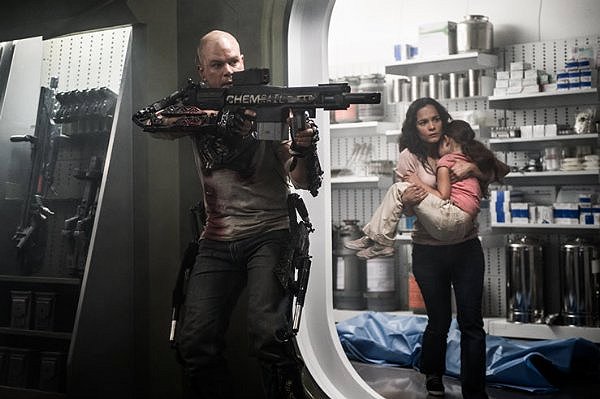
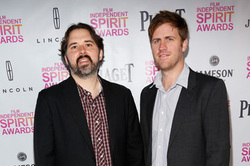
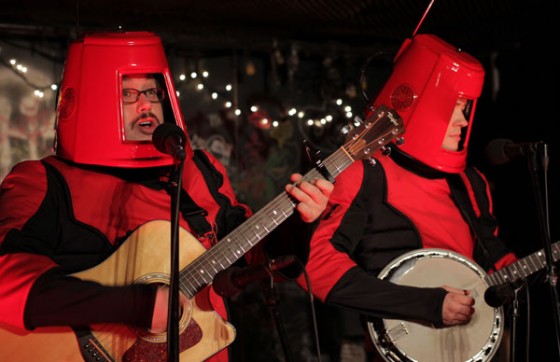
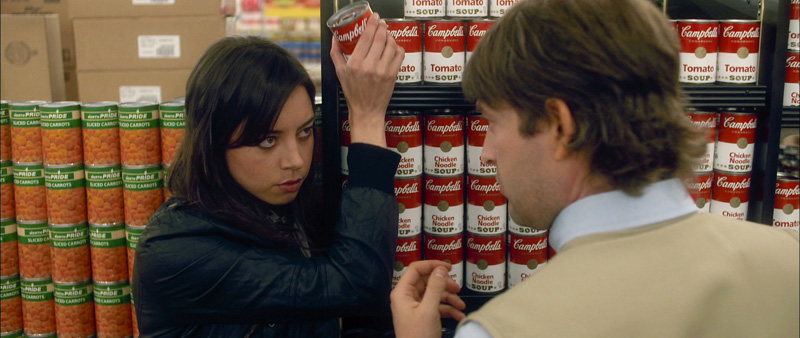
 RSS Feed
RSS Feed
